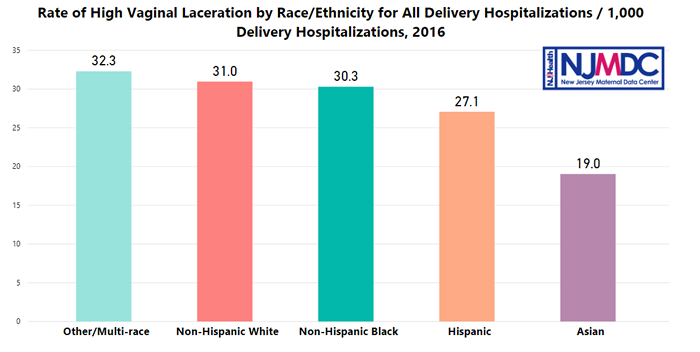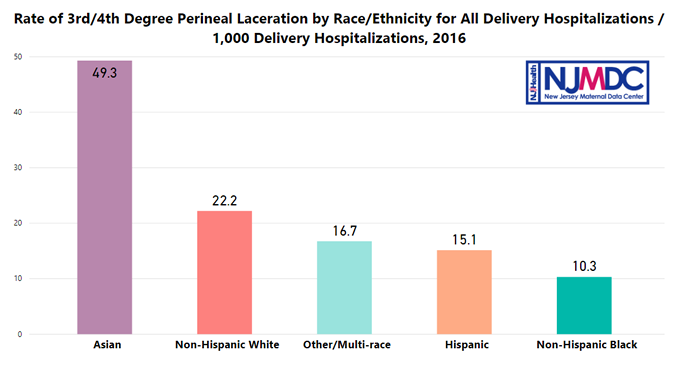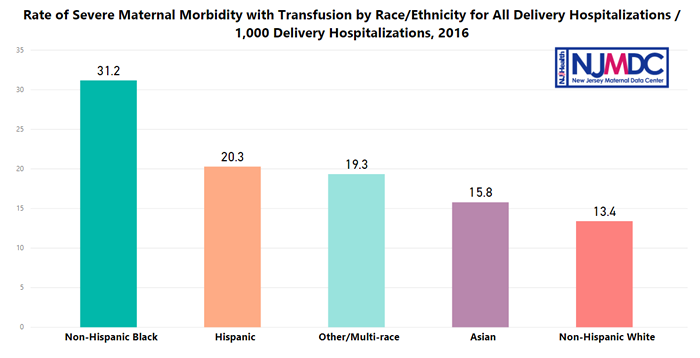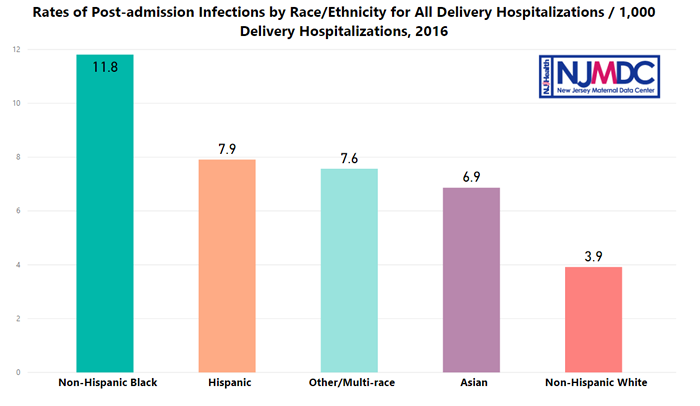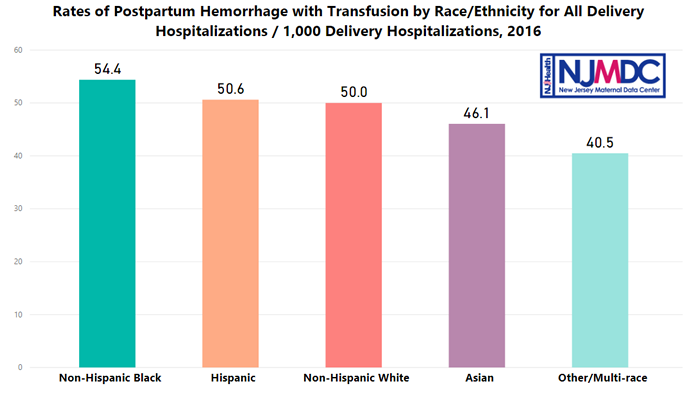This page shows rates of 4 categories of complications associated with delivery:
- Overall for the State
- Further subdivided by Race/Ethnicity
Select the complication of interest from the list below or scroll down to view the different categories of complications.


